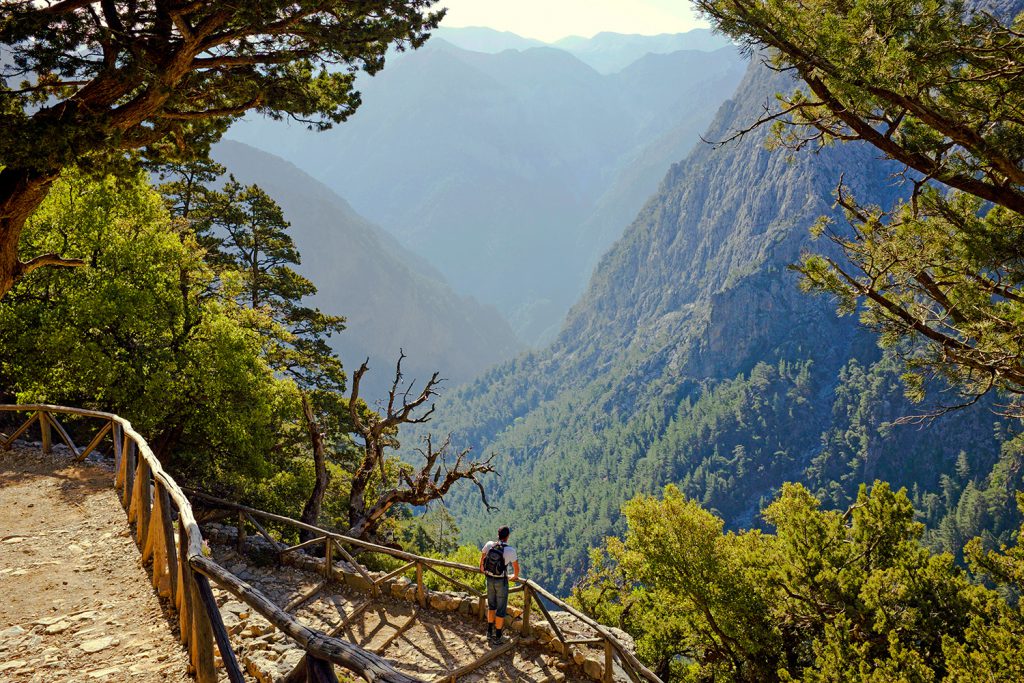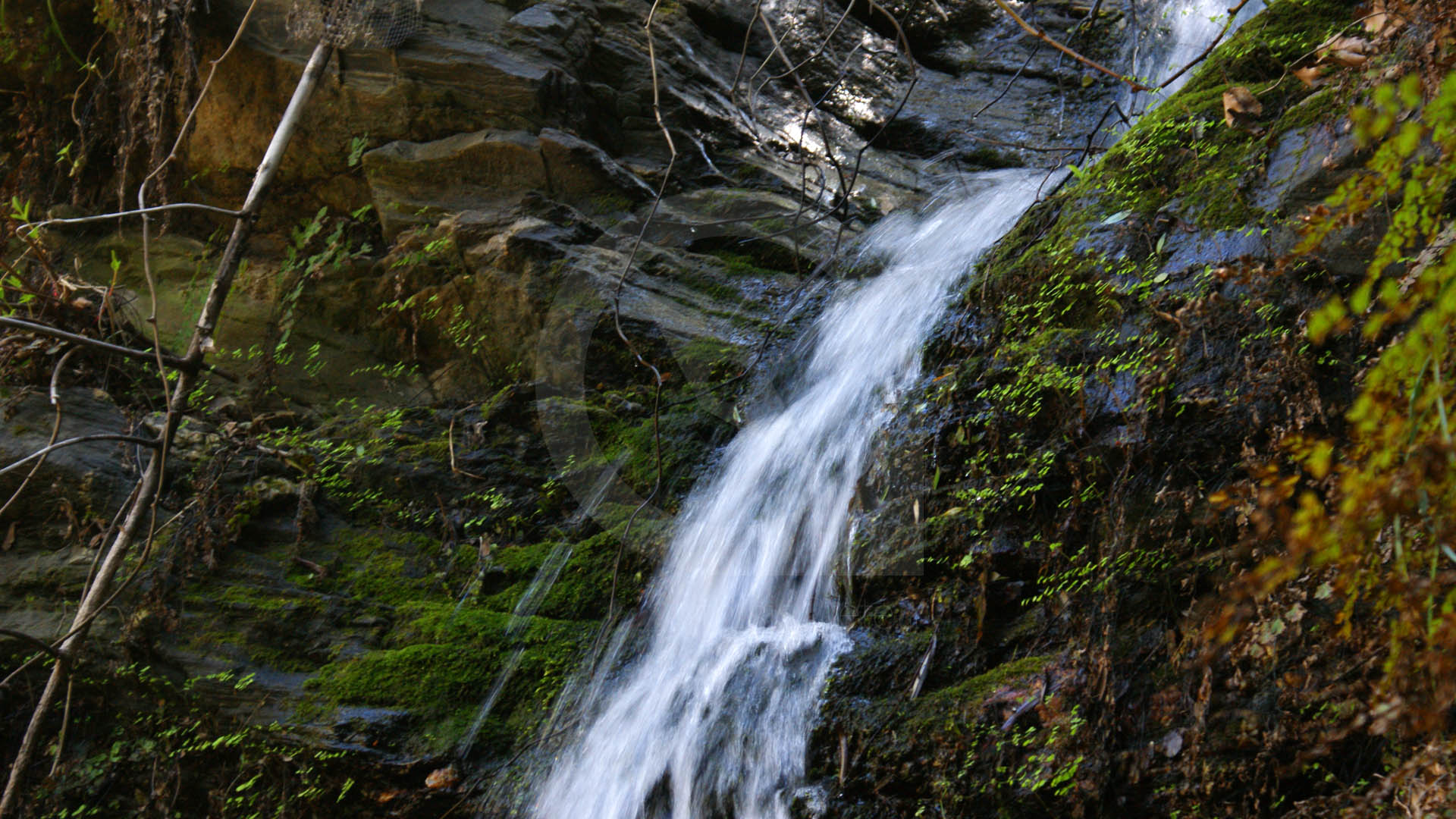Spring is the perfect season for hiking in Crete because the weather is mild, and trekking the mountains and canyons is more pleasant than in the summer when the scorching sun makes hikes challenging.
The best spring months for hiking in Crete are April and May. While the first half of April may still bring about some rains and windy weather, the second half of the month and May in its entirety will be warmer, with intense blue skies and sunny days.
If you make Fodele your springtime Cretan destination, you can go hiking near the village, on the Bobias Range – a steep, wild mountain overlooking the sea. You’ll discover the ruins of five Ottoman fortresses along the way to Cape Stavros. They are not spectacular, but it’s worth knowing that this part of the island had strategic value during the Ottoman occupation of Crete. There is no other place in Greece with so many fortifications in such a small area. However, do note that hiking on the Bobias Range presents extreme difficulties because of the steep and rugged nature of the terrain.
Another challenging hiking route will take you south of Fodele, through the beautiful Santorinios Gorge, which, although short, will be difficult to traverse because it has dense, lush vegetation, several ponds, and rocky, slippery terrain. But the landscape is worth it: you will see waterfalls and the Cretan nature at its wildest.

Of course, you can choose hiking in any area of Crete: the island boasts over 400 canyons, some of them of international renown: Samaria Gorge, Imbros Gorge, Rouvas woods and gorge, and the list goes on.
When planning your hiking adventures, prepare the right equipment and apparel: for example, gorges with high waterfalls present severe technical difficulty and are unsuitable for inexperienced hikers. In addition, you must wear sturdy, water-resistant hiking boots and a lightweight wind- and weather-resistant windbreaker because although the weather is warm, the temperature in the mountains and gorges is lower than on the coast.
For a less challenging hike, you could visit the Botanical Park and Gardens of Crete in Fournes, some 17 kilometres south of Chania city, on the road to the Omalos Plateau. It opens in March, and it is delightful in spring when so many of its trees, shrubs, and flowers are in full bloom. The trail begins on a hilltop and leads down to an artificial lake at the bottom of the valley. It undulates on terraced layers on the hillside among exotic and endemic plants. There are several benches along, where you can stop to admire the view and rest. You will find a small farm/zoo with donkeys, goats, Cretan ibex, and other animals when you reach the valley. Peacocks roam freely in the garden, and you can see them anywhere on your path, from the entrance down the valley and on your way back up. Hiking in the Botanical Park of Crete is safer and less challenging than adventuring on your own in the wild. And you cannot get lost: there’s only one route to follow. Although it is not a strenuous hike, it is unsuitable for toddlers, the elderly, and people with certain underlying medical conditions.
Regardless of where you go hiking, never hike alone and prepare for rainy weather even if the weather is sunny. The weather in the mountains and gorges is often unpredictable. Plan your hike and research the route before adventuring on it. Get a map and a compass to guide you on the way, and don’t skimp on essentials, like drinking water, energy bars, nutritious and filling snacks, a safety vest, a garbage bag, and spare, dry clothing (socks, t-shirts). Crete is a large island, but it is unlikely to get lost if you stick to the known paths. Last but not least, let the wildlife be: don’t feed or touch the animals. You can forage herbs if you know what you are doing, but ideally, take only memories and leave only footprints.
